The U.S. Government Has A Mustang Problem
Mustangs carry symbolic weight in the minds of Americans. That makes managing their populations tricky.
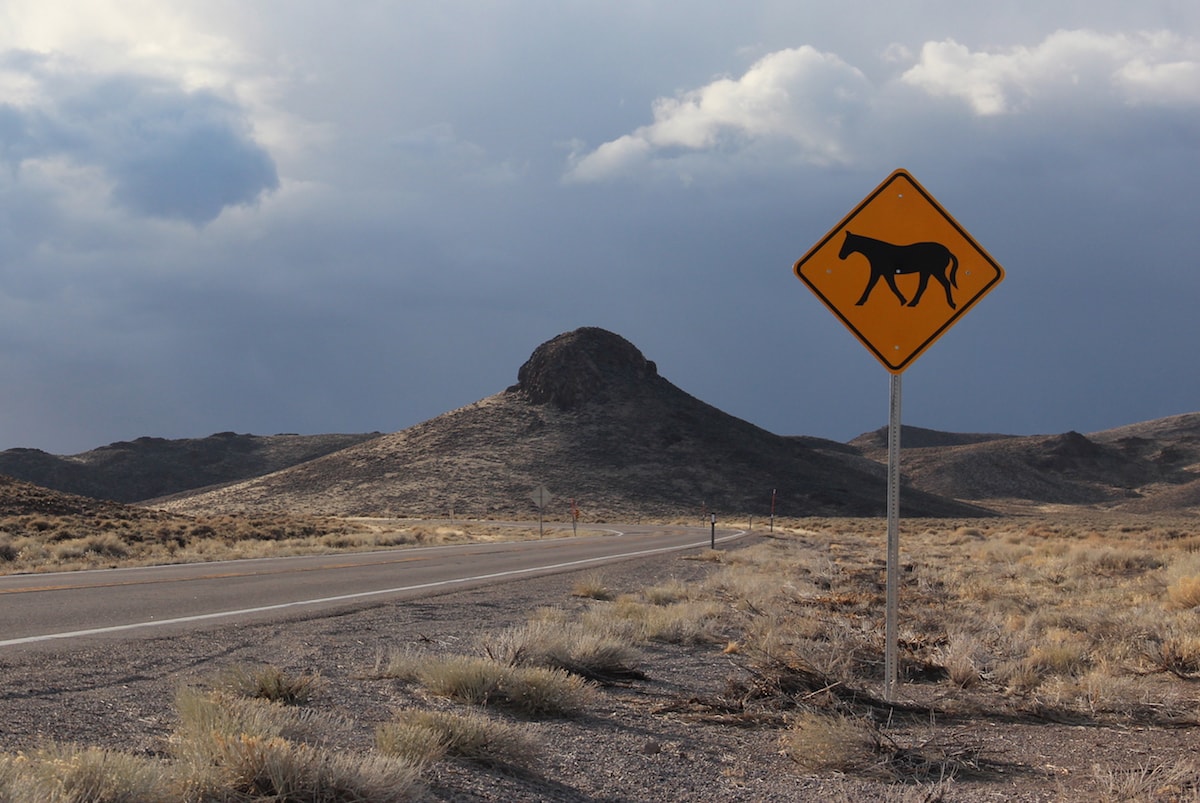
What do you do when you have too many wild horses?
Today, roughly 75,000 mustangs roam the American West. According to the government, that’s about three times as many horses as the desert lands can sustain. The horses are corralled in helicopter roundups and trucked off to the Midwest, where the Bureau of Land Management rents space from farmers in order to store them there until a better solution is found. (In Australia, which is home to about 500,000 wild horses, residents are allowed to shoot them.)
The current management efforts result in a roughly $50 million annual bill for taxpayers—and that policy has been in place for 25 years. But don’t expect the United States to hand out hunting permits anytime soon.
“We really identified with the wild horse…I think it is probably the most American animal out there “ said David Philipps, author of the book Wild Horse Country: The History, Myth, and Future of the Mustang, in a recent interview with Science Friday. “If you think about it, like us, it’s an immigrant. Like us, it doesn’t have any particularly noble heritage…So we wanted to preserve that idea, that symbol of our democracy.”
The United States began to preserve its wild horses in the late 1960s and early ‘70s, around the same time as it instated other environmentally-minded laws like the Clean Air Act and the Endangered Species Act. But a specific law had to be created for wild horses because the mustang isn’t actually covered by the Endangered Species Act—they’re not considered native to the Americas. While horses’ evolutionary origins in North America stretch back 55 million years, they disappeared about 10,000 years ago and were reintroduced by the Spanish conquistadors who were colonizing the New World.
[Read an excerpt from Wild Horse Country: The History, Myth, and Future of the Mustang.]
“And we never have really figured out how to make the idea of the horse as a symbol of freedom and, the practical biology of protecting and yet limiting this horse, work,” says Philipps.
He says the Bureau of Land Management has gotten itself into a kind of “addict’s dilemma, where they’re now spending so much money on storing horses that they can’t invest money in finding alternative means to try and manage them.”
But in Wild Horse Country, Philipps highlights one potential strategy that’s been employed by volunteers around the West: administering a yearly vaccine called PZP (porcine zona pellucida) to female horses. Philipps said it acts like a birth control pill: It’s reversible, and it has minimal effect on horses’ behavior. Philipps writes that the drug has proven to be about 90 percent effective, and it only requires a small group of people to deliver the vaccine via dart.
“This is a really neat solution, and I’ve seen it work,” Philipps said. “It’s not only better for the horses, it’s better for the taxpayers.”
Meet the wild horses in the American West—and see how we manage them:
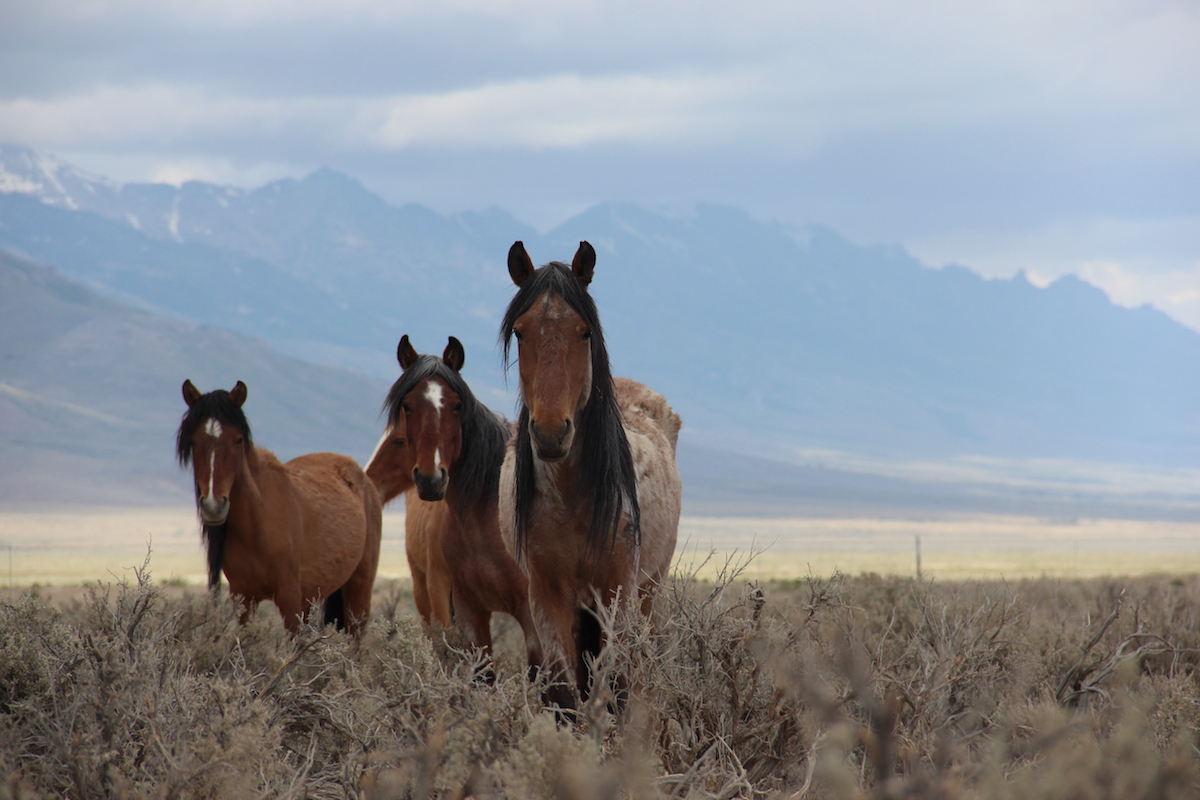
Wild horses grazing near Elko, Nevada. Credit: David Philipps.
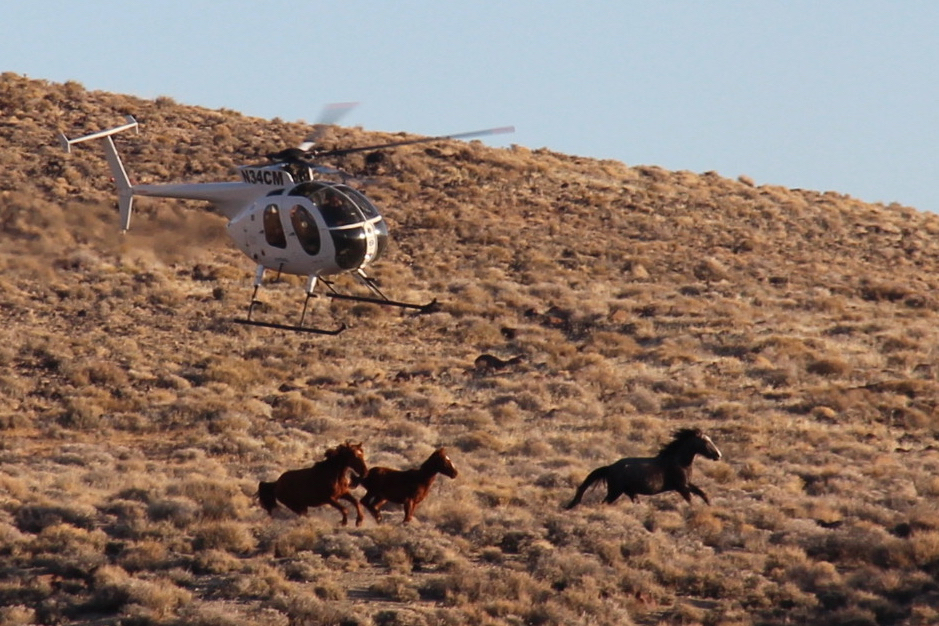
Bureau of Land Management contractors round up wild horses in Stone Cabin, Nevada. Credit: David Philipps.
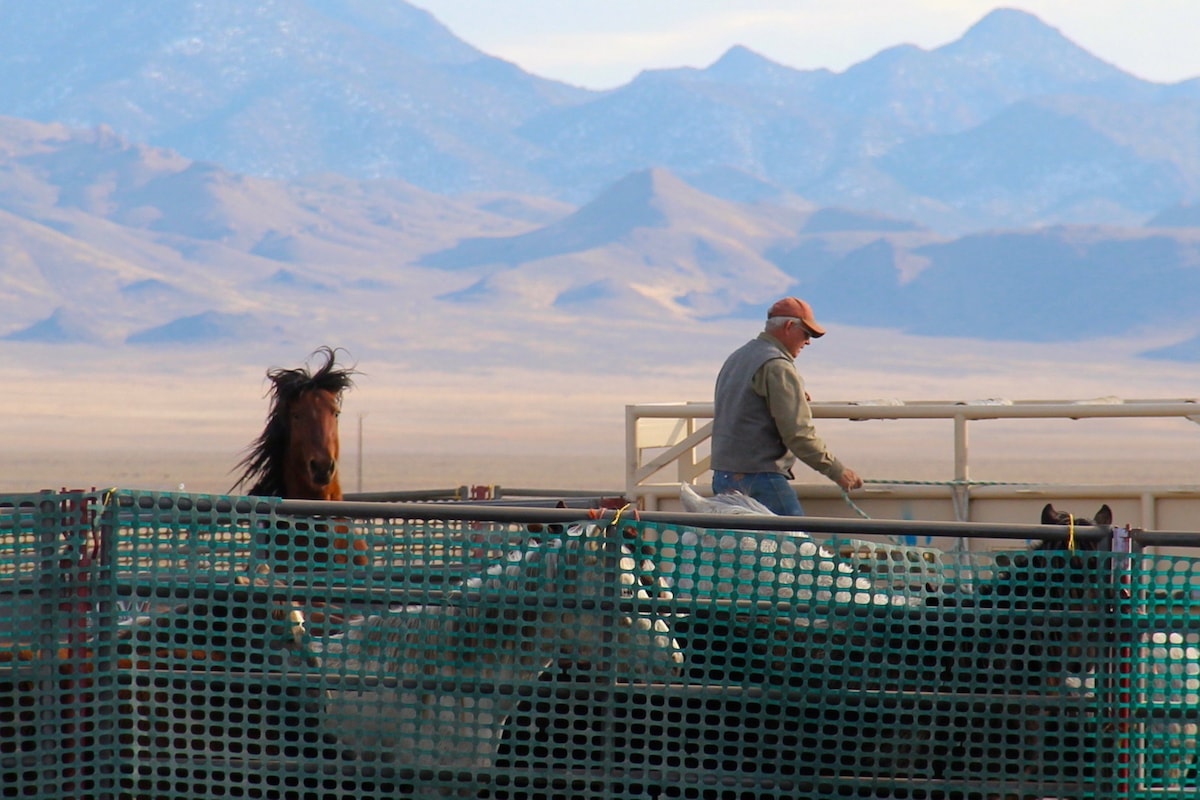
A mustang tries to escape in Stone Cabin, Nevada. Credit: David Philipps.

A string of wild horses. Credit: David Philipps.
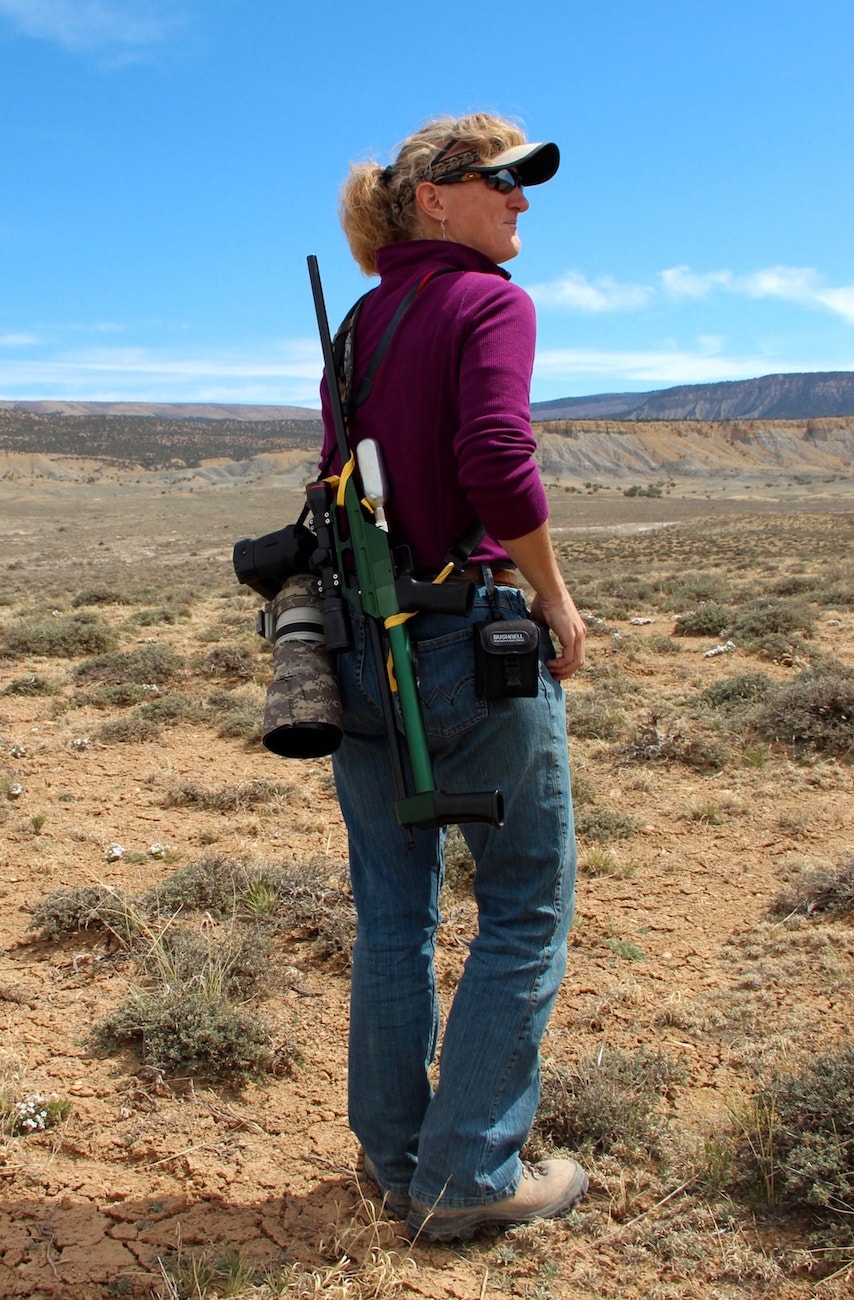
TJ Holmes darting horses with PZP in Disappointment Valley, Colorado. Credit: David Philipps.
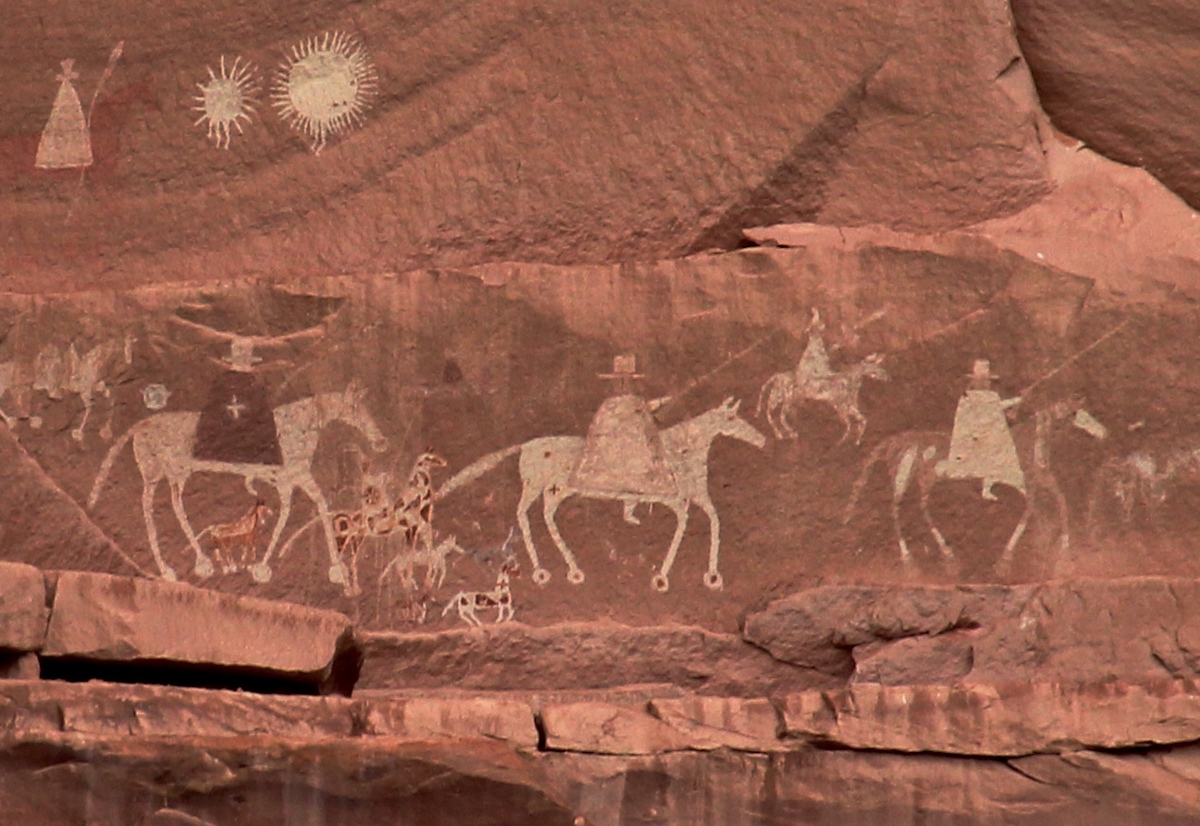
Navajo petroglyphs of the Spanish on horseback. Credit: David Philipps.
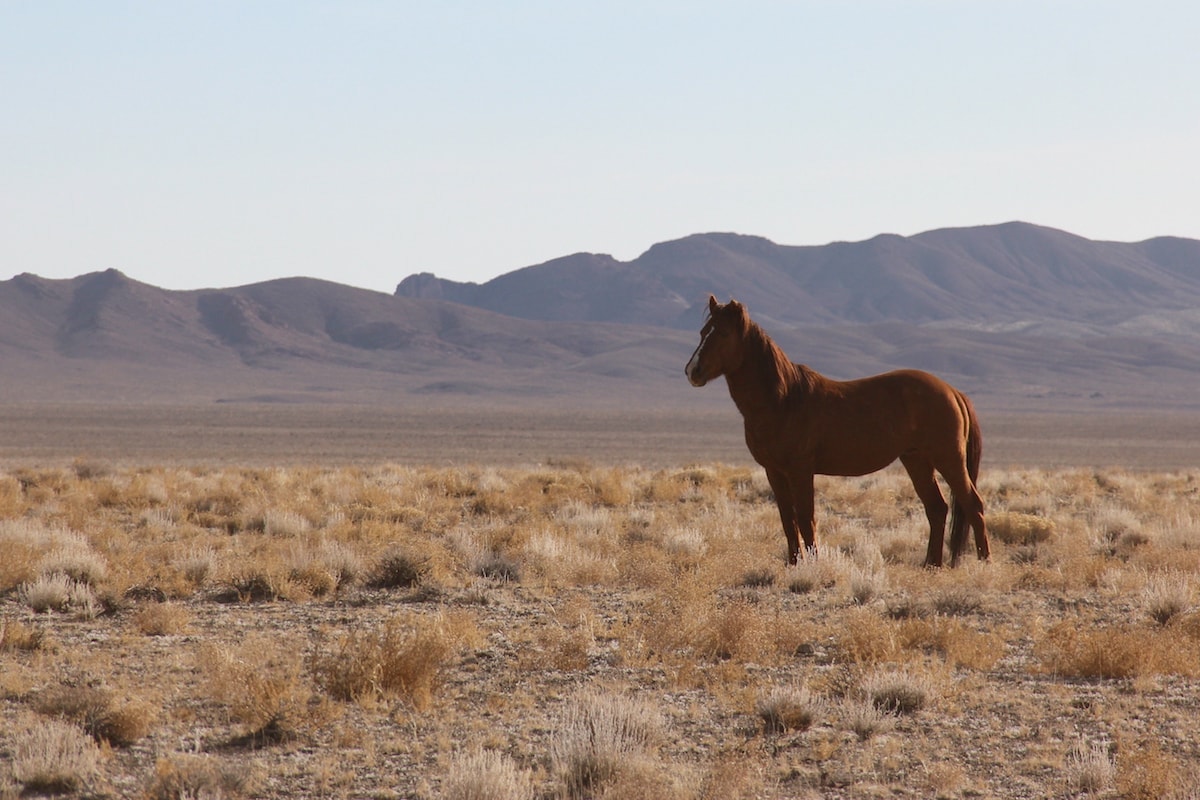
A lone mustang. Credit: David Philipps.
Johanna Mayer is a podcast producer and hosted Science Diction from Science Friday. When she’s not working, she’s probably baking a fruit pie. Cherry’s her specialty, but she whips up a mean rhubarb streusel as well.